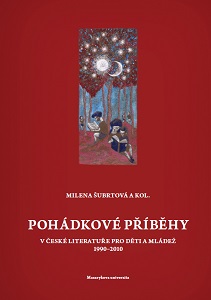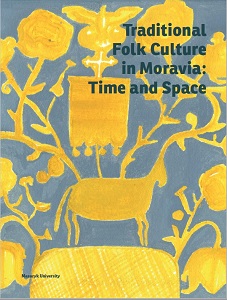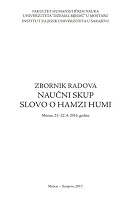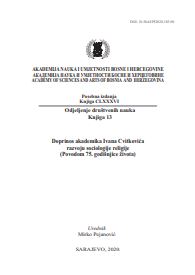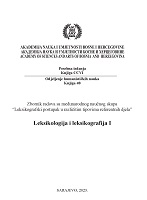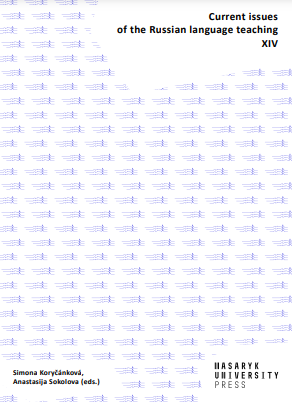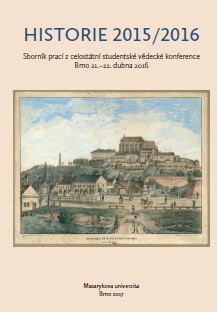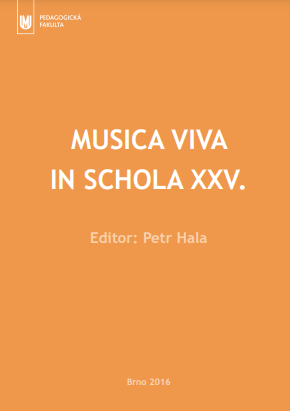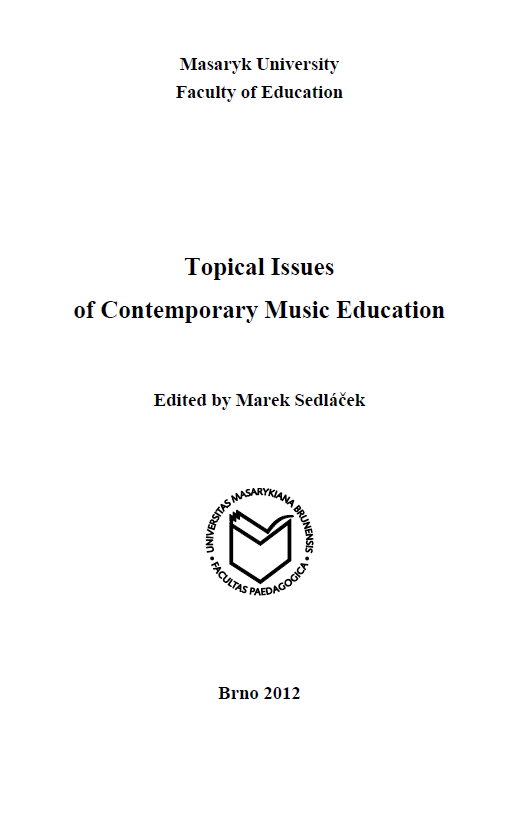
The Aesthetics of a Folk Song and Its Current Position in Musical Preferences of the Youth
This study focuses on musical preferences relating to music folklore in university students. It uses the results of the empirical research conducted by the Department of Music at the Faculty of Education, Masaryk University. We are interested in the relationship of the youth to traditional folk music. We specifically focus on young people who underwent music education at elementary and secondary school. We concentrate on the position of music education in this area and the impact teachers of music have on their students. This paper describes the teachers and their views regarding the representation of the folk song in the classroom. In addition to the interpretation of the partial results of the research, we introduce the comparison with the results which Judita Kučerová presented in her survey.
More...
